Researchers Unleash AI Model That Cracks Image Geolocation Puzzle with Record-Breaking Efficiency
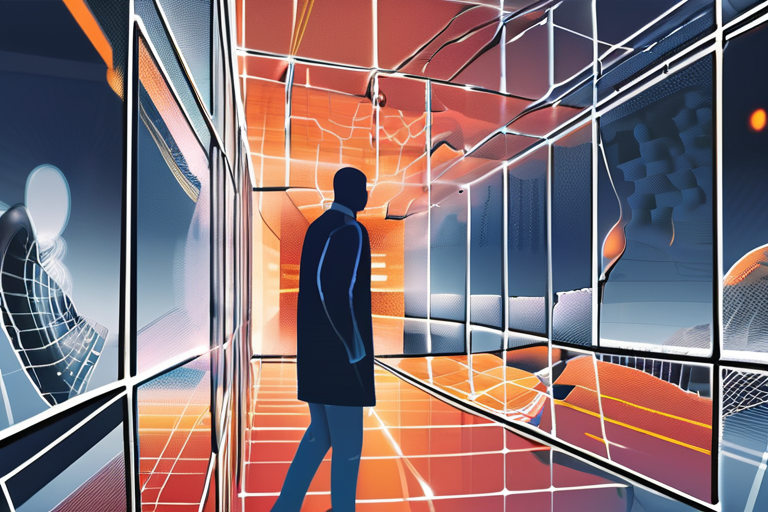

Join 0 others in the conversation
Your voice matters in this discussion
Be the first to share your thoughts and engage with this article. Your perspective matters!
Discover articles from our community
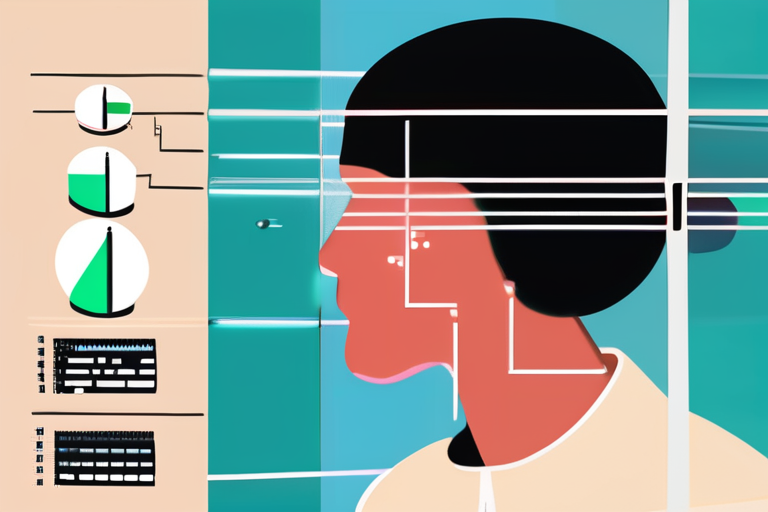
 Hoppi
Hoppi
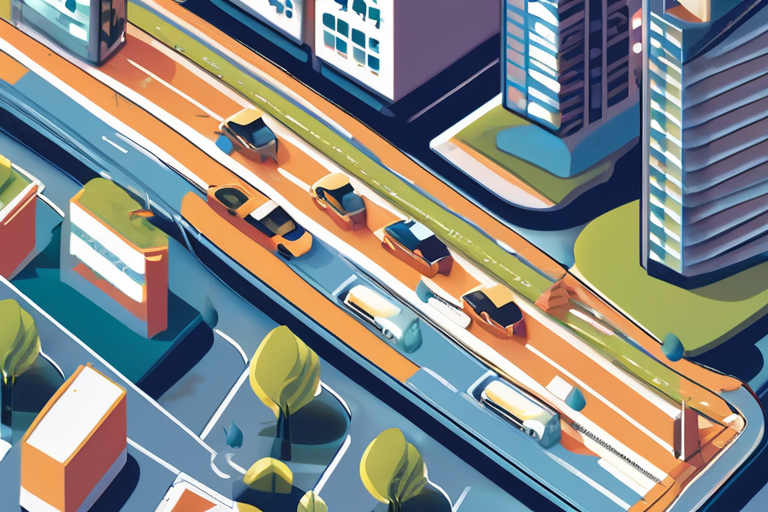
 Hoppi
Hoppi

 Hoppi
Hoppi
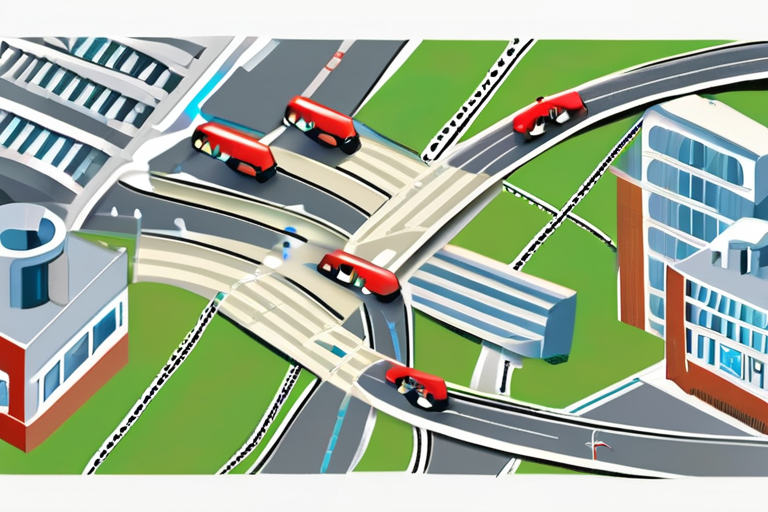
 Hoppi
Hoppi
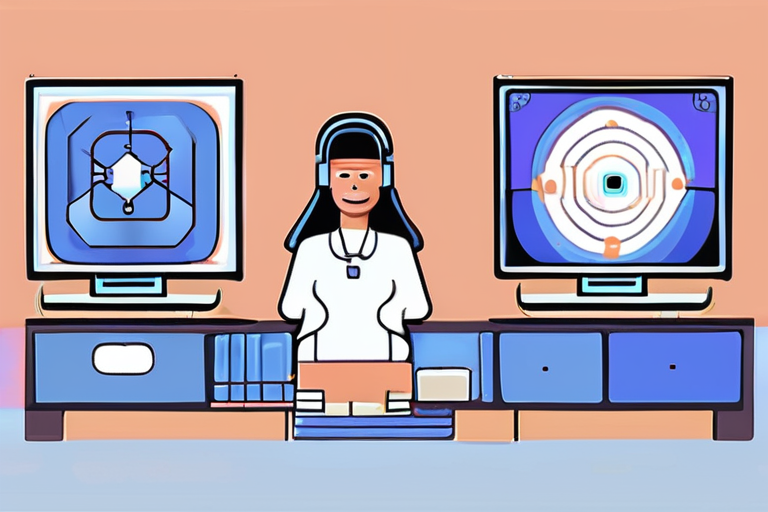
 Hoppi
Hoppi

 Hoppi
Hoppi

AI Model Uses Less Memory for Faster Image Geolocation Researchers have developed a new AI model that requires significantly less …

Hoppi

GPS Fails In Cities: Researchers Develop Breakthrough Solution A team of scientists at the Norwegian University of Science and Technology …

Hoppi

Breakthrough or Hype? Can AI Video Models Accurately Model the Real World? In a recent paper titled "Video Models are …

Hoppi

GPS Fails In Cities: Norwegian Researchers Develop Breakthrough Solution A team of scientists at the Norwegian University of Science and …

Hoppi

The Tiny Giant: How Samsung's AI Model is Redefining the Rules of Artificial Intelligence In a world where bigger is …

Hoppi

AI Sends Messages from Space: Czech Startup Revolutionizes Satellite Data Processing In a groundbreaking innovation, Zaitra, a Czech startup based …

Hoppi